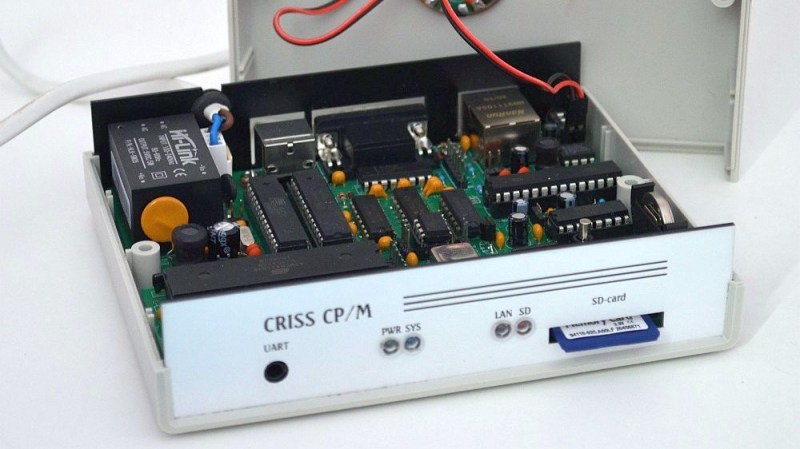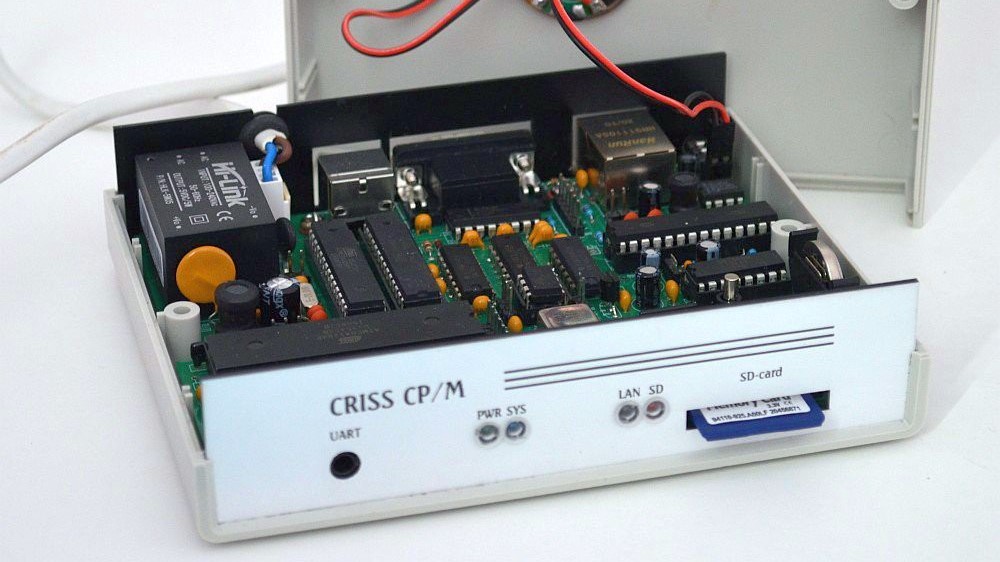
Today you may pick run Windows, Linux, MacOS or some other OS on your computer system. Back in the 1980s nevertheless, you usually had little option: a particular personal computer featured a particular OS, which was it. Opportunities are it ran CP/M if yours was based on a Z80 processor. While distinctions in hardware frequently made direct information exchange hard, CP/M supplied a minimum of a standard level of software application compatibility in between different Z80-based computer systems. Ultimately supplanted by MS-DOS (which at first intended to be suitable with CP/M), lovers kept the timeless OS running on old hardware throughout the 90s and even beyond.
[Igor] chosen to make a 21st-century CP/M maker by developing the CRISS , a single-board computer system based primarily on AVR microcontrollers. The CPU is a 20 MHz ATMEGA1284P, which mimics a 4 MHz Z80 through machine-code emulation. A set of ATMEGA328s run the peripheral controller and a VGA output, so the CRISS can be utilized with modern-day screens. Real to its heritage nevertheless, the image is monochrome green-on-black, looking immediately familiar to users of Kaypros, Osbornes and other modern CP/M devices.
Software is filled through an SD card that holds floppy images. The CRISS can straight run programs composed for the Kaypro II and Robotron 1715 computer systems, although other platforms can be supported too with a software application upgrade. [Igor] programs it running programs varying from the Turbo Pascal compiler to video games like Xonix and Tetris.
Housed in a cool little case, the CRISS can interact with basic PS/2 keyboards and serial printers. Even an Ethernet port is offered those happy to explore network connection (an uncommon function in the 1980s).
We like seeing modern-day retro develops like this; comparable jobs we’ve covered prior to consist of the compact ZZ80MB and the substantial Z20X . Others have actually utilized various methods of running CP/M on contemporary hardware, such as booting it straight on a Raspberry Pi or replicating an Altair on an ESP32 .
.
Read more: hackaday.com
